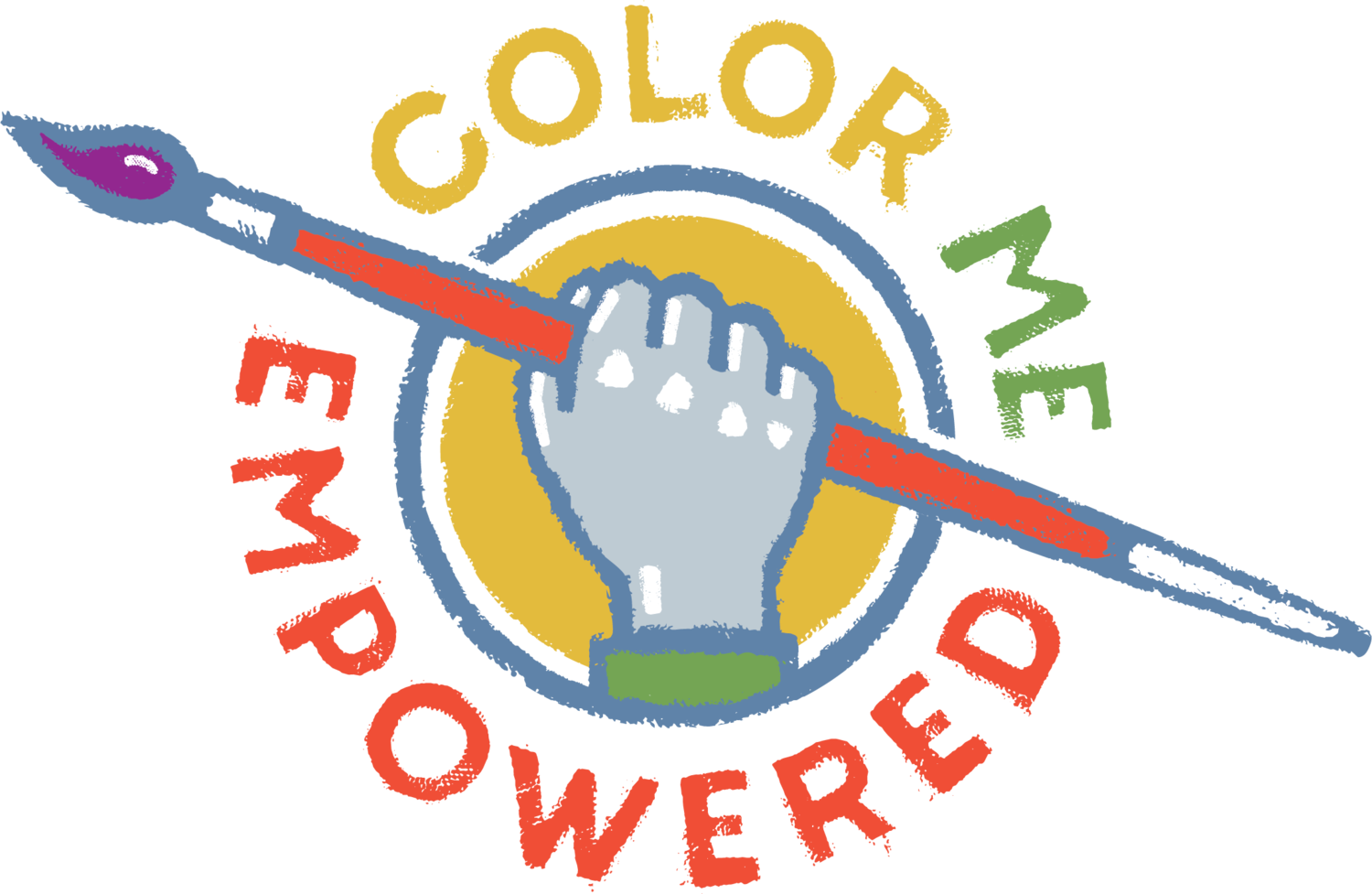POLICIES
Color Me Empowered Diversity and Inclusion Policy
At Color Me Empowered a diverse, inclusive, and equitable workplace is one where all employees and volunteers, whatever their gender, race, ethnicity, national origin, age, sexual orientation or identity, education or disability, feels valued and respected. We are committed to a nondiscriminatory approach and provide equal opportunity for employment and advancement in all of our departments, programs, and worksites. We respect and value diverse life experiences and heritages and ensure that all voices are valued and heard.
We’re committed to modeling diversity and inclusion for the entire arts industry of the nonprofit sector, and to maintaining an inclusive environment with equitable treatment for all.
To provide informed, authentic leadership for cultural equity, Color Me Empowered strives to:
See diversity, inclusion, and equity as connected to our mission and critical to ensure the well-being of our staff and the arts communities we serve.
Acknowledge and dismantle any inequities within our policies, systems, programs, and services, and continually update and report organization progress.
Explore potential underlying, unquestioned assumptions that interfere with inclusiveness.
Advocate for and support board-level thinking about how systemic inequities impact our organization’s work, and how best to address that in a way that is consistent with our mission.
Help to challenge assumptions about what it takes to be a strong leader at our organization, and who is well-positioned to provide leadership.
Practice and encourage transparent communication in all interactions.
Commit time and resources to expand more diverse leadership within our board, staff, committee, and advisory bodies.
Lead with respect and tolerance. We expect all employees to embrace this notion and to express it in workplace interactions and through everyday practices.
Color Me Empowered abides by the following action items to help promote diversity and inclusion in our workplace:
Pursue cultural competency throughout our organization by creating substantive learning opportunities and formal, transparent policies.
Generate and aggregate quantitative and qualitative research related to equity
to make incremental, measurable progress toward the visibility of our diversity, inclusion, and equity efforts. Once the content is curated it will be added to our website so others can access.Improve our cultural leadership pipeline by creating and supporting programs and policies that foster leadership that reflects the diversity of American society.
Pool resources and expand offerings for underrepresented constituents by connecting with other arts organizations committed to diversity and inclusion efforts.
Develop and present sessions on diversity, inclusion, and equity to provide information and resources internally, and to members, the community, and the arts industry.
Develop a system for being more intentional and conscious of bias during the hiring, promoting, or evaluating process. Train our hiring team on equitable practices.
Include a salary range with all public job descriptions.
Advocate for public and private-sector policy that promotes diversity, inclusion, and equity. Challenge systems and policies that create inequity, oppression and disparity.
Safety and Health Policy Company policy
It is the policy of this company to ensure a safe, healthful workplace for all its employees. Injury and illness losses from incidents are costly and preventable. This company will employ an effective accident and illness prevention program that involves all its employees in the effort to eliminate workplace hazards. Management: Management is accountable for preventing workplace incidents, injuries and illnesses. Management will provide top-level support of safety program initiatives. Management will consider all employee suggestions for achieving a safer, healthier workplace. Management also will keep informed about workplace safety and health hazards, and it will regularly review the company safety and health program.
Supervision
Supervisors are responsible for supervising and training workers in safe work practices. Supervisors must enforce company safety rules and work to eliminate hazardous conditions. Supervisors shall lead safety efforts by example.
Safety Committee
The safety committee includes employer and employee representatives who are responsible for recommending safety and health improvements in the workplace. The committee is also responsible for identifying hazards and unsafe work practices, removing obstacles to incident prevention and helping the company evaluate the accident and illness prevention program.
Employees
All employees are expected and encouraged to participate in safety and health program activities including the following: reporting hazards, unsafe work practices and accidents immediately to their supervisors or a safety committee representative; wearing required personal protective equipment; and participating in and supporting safety committee activities.
